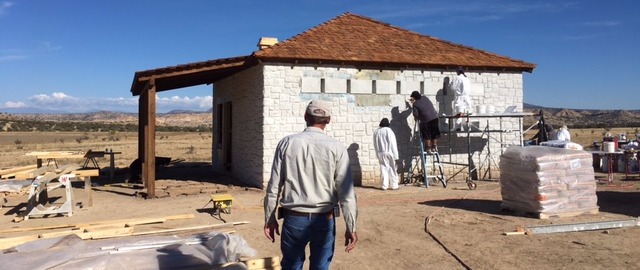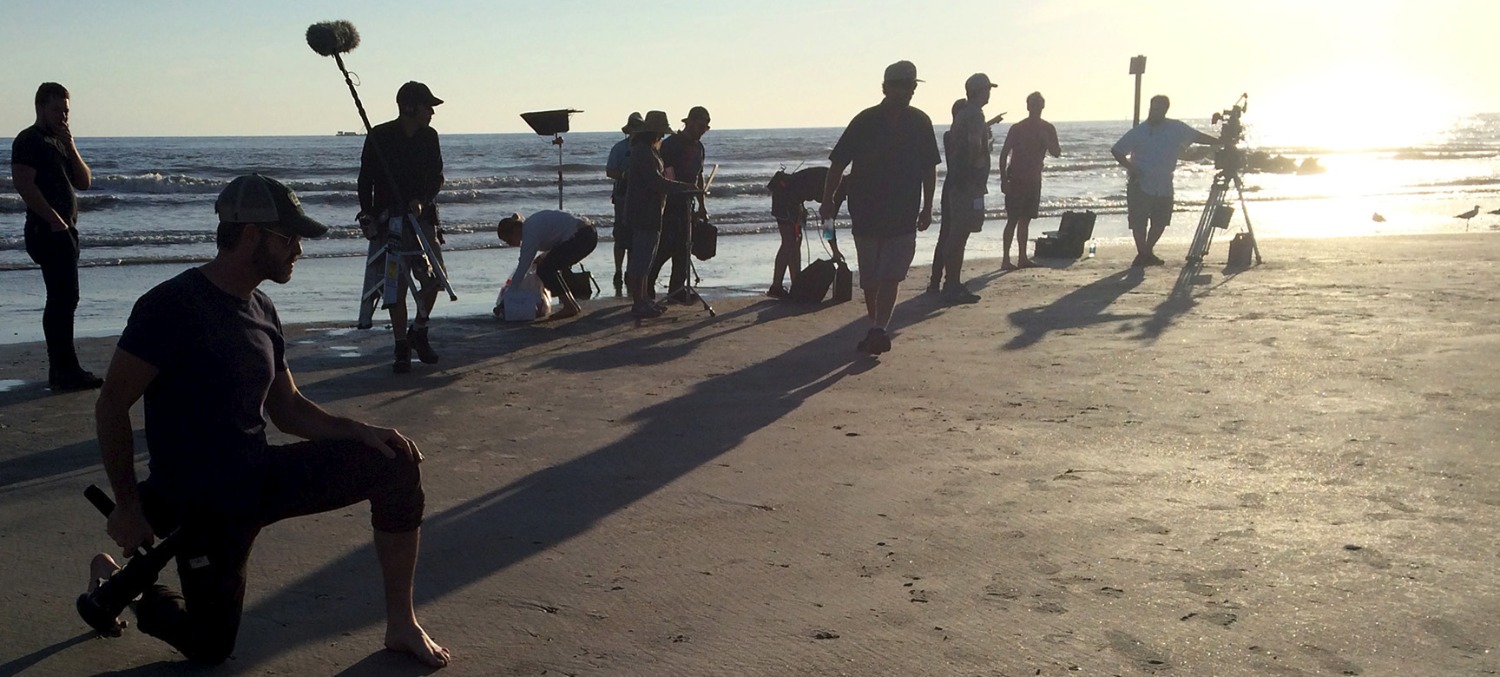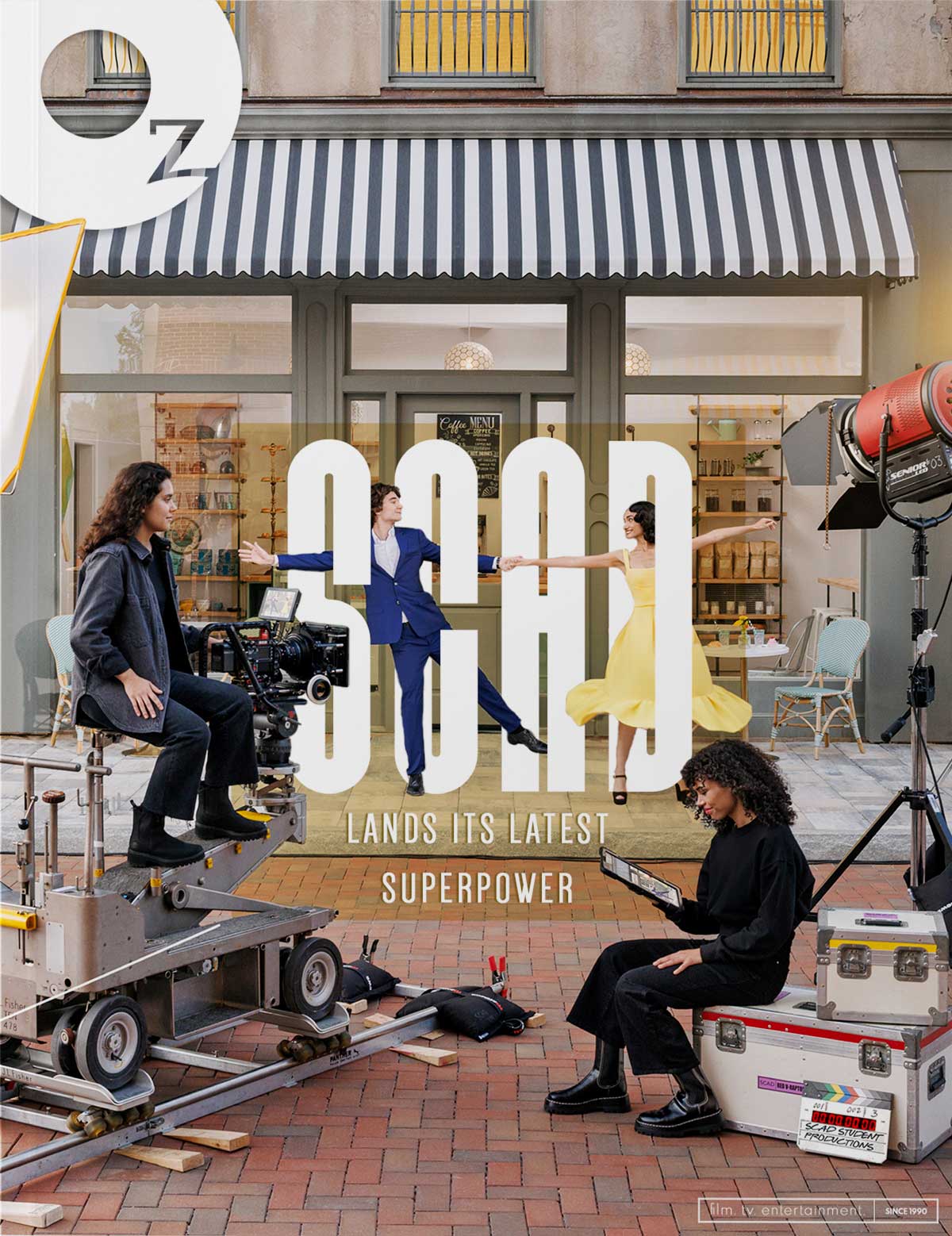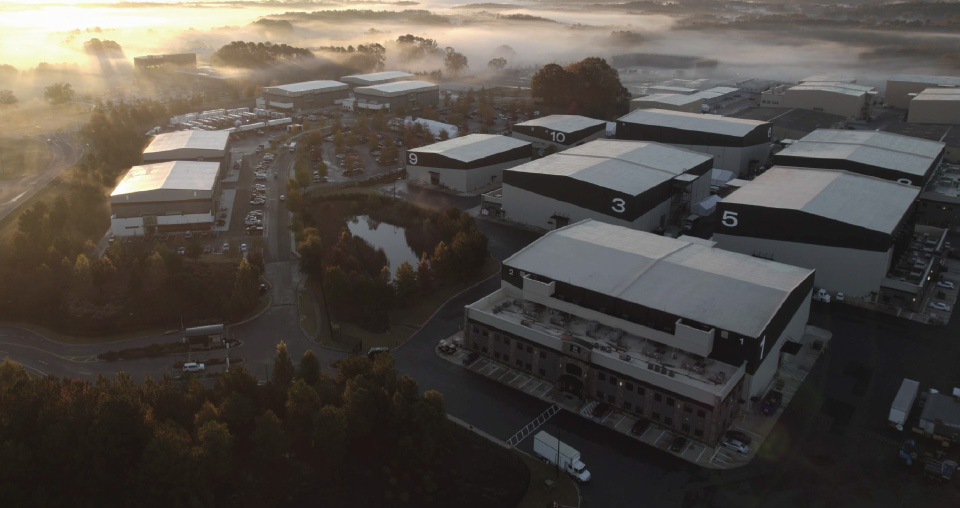The Impact of Film Production on Georgia’s Oldest City

When outsiders think of Savannah, they likely picture an image from Forrest Gump or Midnight in the Garden of Good and Evil. Movies released two decades ago still represent the city, and the impact continues to be felt in many ways. Those outsiders see the images and want to visit, while industry insiders and government officials see their success and want the impact to continue. And it all benefits a community that is quickly becoming one of the greatest filmmaking hubs in America. Beth Nelson, executive director of the Savannah Area Film Office, has the data: “Last year, we had a direct local spend from film production of $61 million, which translates to an economic impact of $130 million,” she reports. And that was an improvement on 2015’s record, which saw a direct spend equivalent to the previous five years combined, according to the Savannah Economic Development Authority (SEDA). “Film production is definitely making a huge financial impact on our city, and we’re very happy about that.”
Production has grown substantially in Savannah and Chatham County: outsiders may see these locations all the time in film and television without even realizing it. Recent movies filming in and around Savannah include Baywatch, The Birth of a Nation, Gifted, and Magic Mike XXL, none of which were set there. Meanwhile, television shows and student films are regularly being shot in the region. Locally, the increase in production has been a boom to the economy and is felt positively by all.
One of the factors in the growth is, of course, the incentives, including the Georgia-wide tax credits and Savannah-specific rebates and relocation reimbursements for experienced crew. “If this isn’t a perfect storm, I don’t know what is,” says IATSE Local 491 business agent Jason Rosin about these breaks. He commends the state for being quick to establish both an enticement and an assurance for the studios that he believes will lead to long and healthy relationships.

“What used to happen is Savannah would get one significant film every 18 months, and we would do everything we could to staff and support the production,” Rosin recalls. But now thanks to the tax incentives, the city is going from being a destination location to a production center. “Locations rise and fall based on crew size. Savannah has grown out of that. There are vendors in Savannah, exceptionally talented crew, department heads—there are more department heads moving to Savannah every month.”
Scott Warner, a member of 491 who has worked on pretty much every major film shot in Savannah from Forrest Gump through Baywatch, has also noticed big changes in recent years. “I’ve seen a lot of vendors coming to Savannah,” he says, recognizing some of them relocating from other places he’s done work, such as Louisiana, and noticing that many are now dedicating equipment specifically for use in the movies. “You’ll see man baskets that the grip department uses for putting in lighting. These baskets disappear when they fly people up because they’re painted black. In the past they’d have been factory colors, bright orange or yellow.”
Rosin believes the city is the natural first choice even within the state of Georgia because of the growing workforce, services, and facilities, but particularly for the reputation of the crew base he represents. “We have history. We’ve been making movies in Savannah for a long time. Producers have a familiarity with 491. They know our department heads. They know our work ethic. They know we’re the kind of crew they want to hire when they go on location.”

Perky & Attractive
Any state and city can offer perks that will attract productions and crews, but Savannah is doing much more to build itself up as not just an attractive place to make a movie but one where there is constant production. Shepherded by SEDA and veteran Hollywood producer (and Savannah native) Stratton Leopold, a proper infrastructure for a local film industry has been established alongside the creation of the exclusive local incentives.
For Leopold, the interest was part hometown pride, wanting to see the area prosper, and part first-hand knowledge of what the production industry wanted. One of his movies, The General’s Daughter, was shot in Savannah before the tax credits existed solely because the look was right, though Leopold brought in outside crew. “If I’m doing a big studio picture, yes I can bring anybody from anywhere because typically we’re budgeted for that, but we always try to save money. Then you can do more with the picture. You can afford more visual effects, you can afford more shooting days, you can do more to help the film.”
“Entertainment production was a real opportunity for us…”
Meanwhile, the city benefits from those movies seeking out such savings and then spending that money in Savannah. “Entertainment production was a real opportunity for us,” says Brynn Grant, SEDA’s chief operation officer. “We had seen some periodic success. We had hosted movies like Glory and Forrest Gump and others, but the idea that we could create and maintain a sustainable, healthy film industry, keeping a film crew or two or three working year-round right here without having to travel away from their families is what intrigued us so much.”
Compared to other industries, film production offers employment to people of all levels of education. It is viewed as a positive not just for job growth but, because the incomes of these jobs are substantial, for a promise of career prosperity. And once the professionals are there, that helps the filmmakers. “We wanted to not only grow our crew base because we want our citizens employed and making a good living,” Grant says, “but so we can attract films and have it not cost them more to produce here.”
While much of the crew base is relocated industry veterans, others are coming up through training programs like those at Savannah Technical College in partnership with the Georgia Film Academy. They include both fresh young students and craftspeople looking to change fields, as Warner, a former tugboat captain, did decades ago. “It’s an art form, a challenge,” he says of the attraction to film work, which he acknowledges is becoming even more diverse and appealing as the industry grows. “Every movie has something different to it. It’s very interesting to do that and not just go in and punch a clock and push the same paper across a desk or go to some subdivision where you’re building 200 houses in seven variations.”


“Naturally you’re going to have crew expansion. You’re naturally going to have people want to move to Savannah. You’re naturally going to have students wanting to stay after graduation and participate in the jobs they’re trained for,” Rosin states of the perks for the workers. But the incentives alone wouldn’t have been enough. “Jobs create crew. You can’t build your crew base without a job. If I had to promise somebody a job that isn’t there, that’s ridiculous.”
To keep production in Savannah going and to maintain consistent jobs for the crew base, the Film Office—with help from SEDA—markets the area’s diversity at location shows in Los Angeles. It also holds workshops and forums in town designed to attract and foster businesses that can benefit from film shoots or from the general boost to the economy and in turn cater to a production’s needs.
“When a film crew comes in, it’s really like a small army,” Nelson states. “They need everything that a community needs. They’re utilizing yoga studios and shops and restaurants and really any kind of business you can think of. We’ve really seen our local businesses step up to the plate and want to learn what they can do to attract this business.”
Regarding the outward expansion of interest, she affirms, “We have so much more here than the historic district. There are a lot of things that are different. We have every era of neighborhood. We also have farmland, we have a lot of swamps, and we obviously have the beach and the marshes. That’s the message we’re trying to get out now.”
“A production that was here in the fall, they were so impressed with the diversity of Savannah,” Nelson adds. “For the show they were doing, Savannah was London, Philadelphia, Ohio, and rural Georgia. They were able to get all of those looks, which was very beneficial to them. And it helps us to sell it to the community that film is not just impacting one area.”






